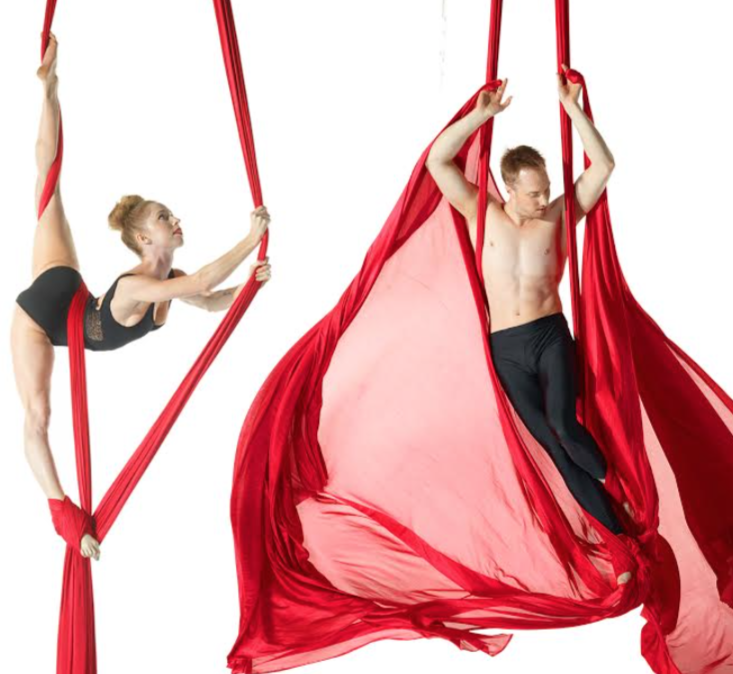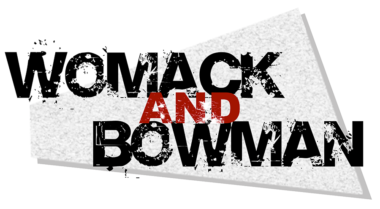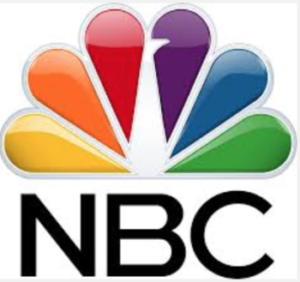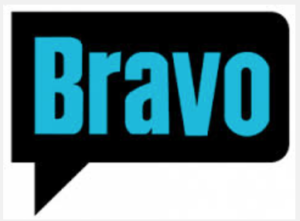Are you actively seeking performance opportunities and/or professional work as an aerialist?
If so, good for you!
We often cater our posts to the dedicated aerial student or pre-professional aerialist but today we are going IN to serve those of you who are treading the boards, or the skies in this case, seeking out professional, freelance aerial performance work.
Not every aerial performance experience will be as safe and controlled as a student showcase or permanent circus venue such as a Cirque Du Soleil theater (or tent).
Often times you will be hired to perform at a party, for a music video/TV show or for a theatrical production by an event co-coordinator or director who doesn’t know they first thing abut aerial arts, rigging, safety OR compensation.
For better or worse, the majority of the time it is up to YOU, the aerialist, to School your client.
One of the best ways to do this is to create a rock-solid performance agreement and contract.
We know we know this sounds like a lot of boring administrative work and you’re an artistic soul who hates admin and just wants to create, perform and fly and….STOP(please)!
First off, a legally binding contract makes sure you get paid (that rents not gonna pay itself!). If you have never worked with a client before or even if you have, you need something in writing that states your performance fee as well as the EXACT details of your performance e.g. 2 aerial silks acts of 5-6 minutes or 3 atmospheric sets of 10 minutes (you get the idea).
If you don’t have this in writing your client is within his/her rights to ask you to do more sets and more and more (we have been there!) until you are nothing more then a miserable puddle of sweat and pumped up forearms primed for an overuse injury LOL JK (kind of).
A contract can also help keep you safe.
This is where you include ALL of your needs such as rigging requirements and specifications, warm-up/dressing room requests, security requirements, lighting restrictions etc.
Don’t wait for your employer to write a contract, write one yourself (unless you are hired by an established circus company and even then, have your own lawyer look over the contract and make changes as needed). There are plenty of independent contractor agreement templates online that you can download and tweak to your needs like this one from the Society of Human Resource Management:
Independent Contractor Agreement Template
Be sure your contract includes:
1. Statement of Relationship
Define your role as an independent contractor (unless you will be becoming an official ‘employee’ with specific, ongoing work with this client). This is important both for you, if you ever have to prove your work status for tax or financial purposes, and for your client, as protection against employee misclassification.
This part of your contract may say something like: “[Your Name] is an independent contractor and is not an employee of [Name of Client].” You may also want to specify how, when, and where you will fulfill the terms of your agreement (date and time/s of your performance) and that you are responsible for providing your apparatus, music and costumes needed to perform.
2. Project Description
Next, it’s important to include the specifics of the work you are going to do. This will help to make sure you and your client are on the same page in terms of the scope of the performance.
Discuss any and all aspects of the performance that the client expects to be completed, and define details such as on site rehearsals (how many?), rigging, performance times and lengths, music requests, lighting restrictions etc.
3. Payment and Billing Terms
When discussing your rate for a performance, know what you want ahead of time, what you plan on asking for, and what your absolute bottom line is. Negotiate this BEFORE writing your contract.
In addition to payment, discuss how your client wants to be billed as well as net terms—the amount of time your client has to send payment after receiving an invoice.
We recommend that you request a 50% deposit upfront (particularly if you are working for a new client) and then the final 50% at the completion of your performance.
Put all of this in writing so everything is official and there are no unwelcome surprises.
4. Responsibilities of Each Party
When creating a contract, don’t assume that anything is understood—it’s best to get it in writing. If there are multiple departments or business units involved in an event, designate a point of contact and discuss how much time this person will have for reviews and approvals of your contract. Establish a process for communicating your progress that works best for you and your client.
Some clients will require aerialists to provide insurance coverage; if this is the case, it should be included in your contract.
5. Termination Conditions
Termination conditions outline the rights of both parties to cancel a contract. This is an important section to include in the event of a worse case scenario. Reasons to end a contract may include the non-payment of your deposit, failure of the client to hire a certified rigger or general breach of contract.
Once you have completed to contract to the best of your ability, we reccommend that you have it looked over by a licensed attorney.
The contract process is a great opportunity to establish a positive working relationship with your client. By aligning expectations, you can meet your client’s needs and have a clear idea of what they expect of you. Once you’re both on the same page, you can move forward with confidence and enjoy your performance knowing you have done your utmost to protect yourself physically, mentally and financially.
Train hard, work smart, protect yourself as much as possible and then you can be free to FLY!
Have a fantastic rest of your week!







